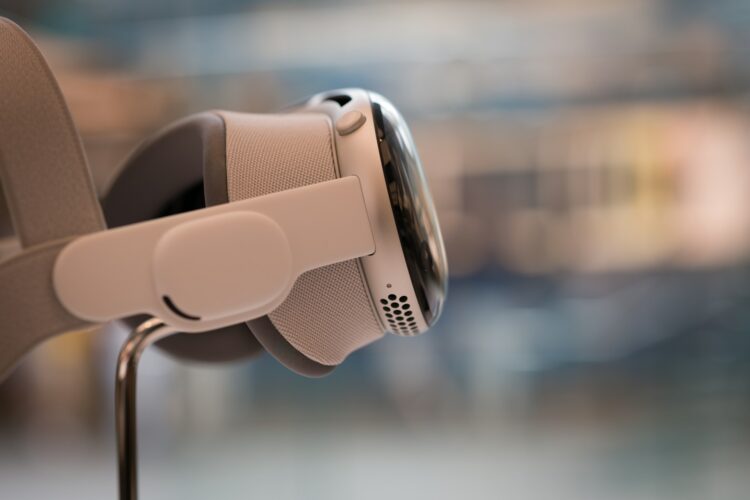If wearable tech has proven one thing, it’s that innovation isn’t always comfortable. From clunky VR headsets to hefty price tags, some wearable tech products face significant challenges that hold them back from mass adoption. We’ve highlighted two of these problem areas below, where a careful balance needs to be struck between comfort and usability.
The Screen Size
With the exception of e-textiles, a lot of wearable tech relies on a screen. When it’s mounted on your wrist, or even your face, those screens shouldn’t be too big. However, both smartwatches and smart glasses/goggles need to keep their screen wide enough to keep consumers happy.
Generally, manufacturers try to keep screens as big as possible. This is because they’re loaded with a lot of different apps and the ability to browse the web, meaning they can access a lot of websites online. This includes sites that allow users to buy from e-commerce stores or play at iGaming sites, amongst other things. These kinds of services are becoming popular, as more users flock to play bingo or themed slots that feature big and bold settings inspired by the world’s natural vistas. Visuals are important for these digital games, no matter if they’re accessed by desktop, mobile or any other hardware capable of opening a browser window. For practical and artistic reasons, users will expect wearables to provide the same level of quality that can already be found through the house computer.
This is where the balancing act comes in. Smartwatches have achieved a great balance between usability and comfort, especially the ones that opt for a square face to add precious millimetres of touchscreen. In head wearables, the earliest VR goggles were known for being heavy so the new generation of AR products like Apple Vision Pro took big steps to curtail that. The Vision Pro is the most balanced product on the market right now, where headset screen size and comfort are concerned. However, it received criticism for having a separate battery that isn’t contained in the headset, to keep it lightweight.
The Price Tag
The next barrier is pricing, namely inflated price tags associated with wearables just because they’re new and rocking experimental designs. Even if a product is comfortable, a hefty price tag will make customers less likely to buy it if the price isn’t justified by its features. Put simply, comfort doesn’t matter if the customer feels like they are overpaying for it.
Having already mentioned the Apple Vision Pro, it made headlines when its jaw-dropping $3,499 price tag was first announced. Then, it did it again when Apple chose a 1:1 pricing conversion, meaning the Vision Pro also cost £3,499 here in the UK. Now, Apple has apparently gone back to the drawing board to offer a cheaper version of their mixed reality headset.
2024 also saw the long-awaited Samsung Galaxy Ring, retailing at £399. This was slightly more expensive than the next big competitor, Oura, but both rings are still more expensive than more versatile wearables like smartwatches. Smart rings are lauded for their comfort, but the price is high for the use you get out of them.
Fortunately, this is something that will be solved with time. The first smartwatches to hit the market were expensive but, with time, prices normalised. The same will happen for all new and trendy wearables in the future, including Apple’s mixed reality experiment and the new line of smart rings being pursued by Samsung and Oura. When these products are practical, comfortable and affordable, they’ll have struck that delicate balance and reached their maximum appeal to the average consumer.
